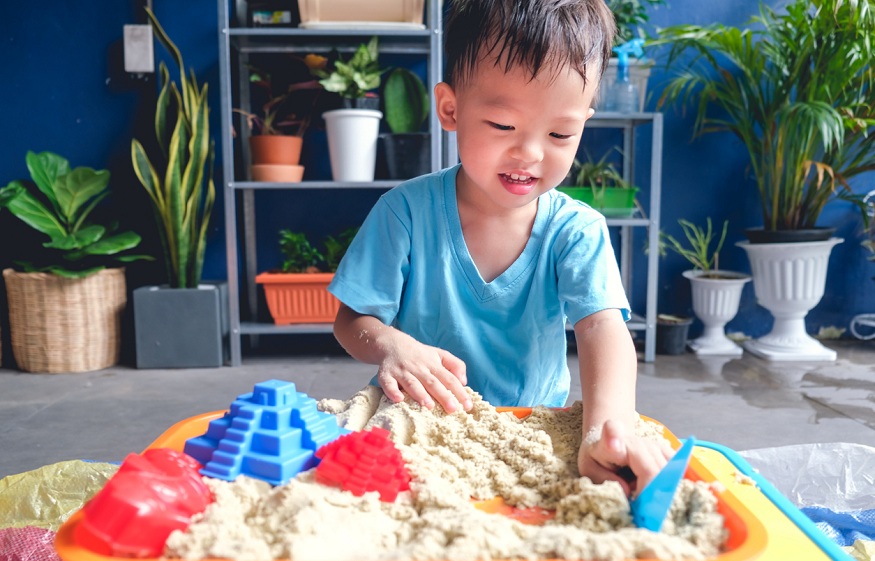Wooden playgrounds are popular leisure spaces for children. Whether at school or in green spaces, they are popular with parents to the delight of the little ones. Because playgrounds are not just recreational spaces . They bring many benefits to children. Frequenting wooden playgrounds from a very young age helps develop motor skills, gain self-confidence and promote exchanges with others.
The playgrounds promote the motor skills of the little ones
Wooden playgrounds set up in public gardens or schoolyards are places conducive to many learning experiences . Indeed, play areas are places where children can play alone or with others. They can thus develop many skills while practicing a physical activity in complete safety.
And one of the first benefits of playgrounds is to promote the motor skills of the little ones. Indeed, a playground is often made up of several courses, slides or other ladders. The little ones therefore learn to jump, climb, climb, slide while having fun. They are also mostly made up of tubes, nets and suspension bridges. This is an opportunity for the little ones to acquire flexibility and balance.
Finally, children who visit recreational areas gain self-confidence. By developing their motor skills, they are able to take measured risks. Gradually they pick up more speed on the swing, jump from a greater height and cross the suspension bridge faster. The playground then often helps to boost the self-confidence of the little ones, which further improves their psychomotor skills.
Playgrounds, conducive to the development of social ties
Playgrounds and leisure spaces are places that promote contact. And children naturally need to interact with other children. At the playground, so it is easy for them to meet and play together. They then learn to make contacts and communicate while having fun.
By frequenting the playground regularly, they can make friends and maintain real friendly relationships. This is then the opportunity to confront many feelings through moments that they will encounter throughout their lives, such as laughter or arguments.
On the other hand, going to a playground also means learning to respect others and certain rules. While playing, children learn the rules of “living together”: waiting their turn, knowing how to leave their place, not jostling, etc. By learning in this way, the rules become instinctive and will not pose any problem in their daily life later.
Play areas, areas of relaxation and freedom for children
The recreational areas are real places of entertainment and relaxation for the youngest. They allow children of all ages to exercise, laugh and have fun in a safe place.
Because the game is an integral part of the child’s awakening process. Letting children play outside is essential to their well-being. They can evacuate their anxieties but also take the time to rest while talking with their friends. The playground offers them this space of freedom and relaxation under the protective gaze of their parents.
When wooden playgrounds are installed in the middle of green spaces , they also connect the child with nature. They can then respond to children’s desire for exploration. They can leave to explore the natural environment which surrounds them and thus discover the local fauna and flora, while remaining under the observation of their parents.
What are the challenges of playgrounds?
Installing a playground requires a lot of thought. Many parameters must be taken into consideration for it to attract families. Indeed, play areas must meet several requirements and at the same time appeal to children and their parents. Today, aesthetics, entertainment, safety but also the environmental impact are among the main challenges of playgrounds.



